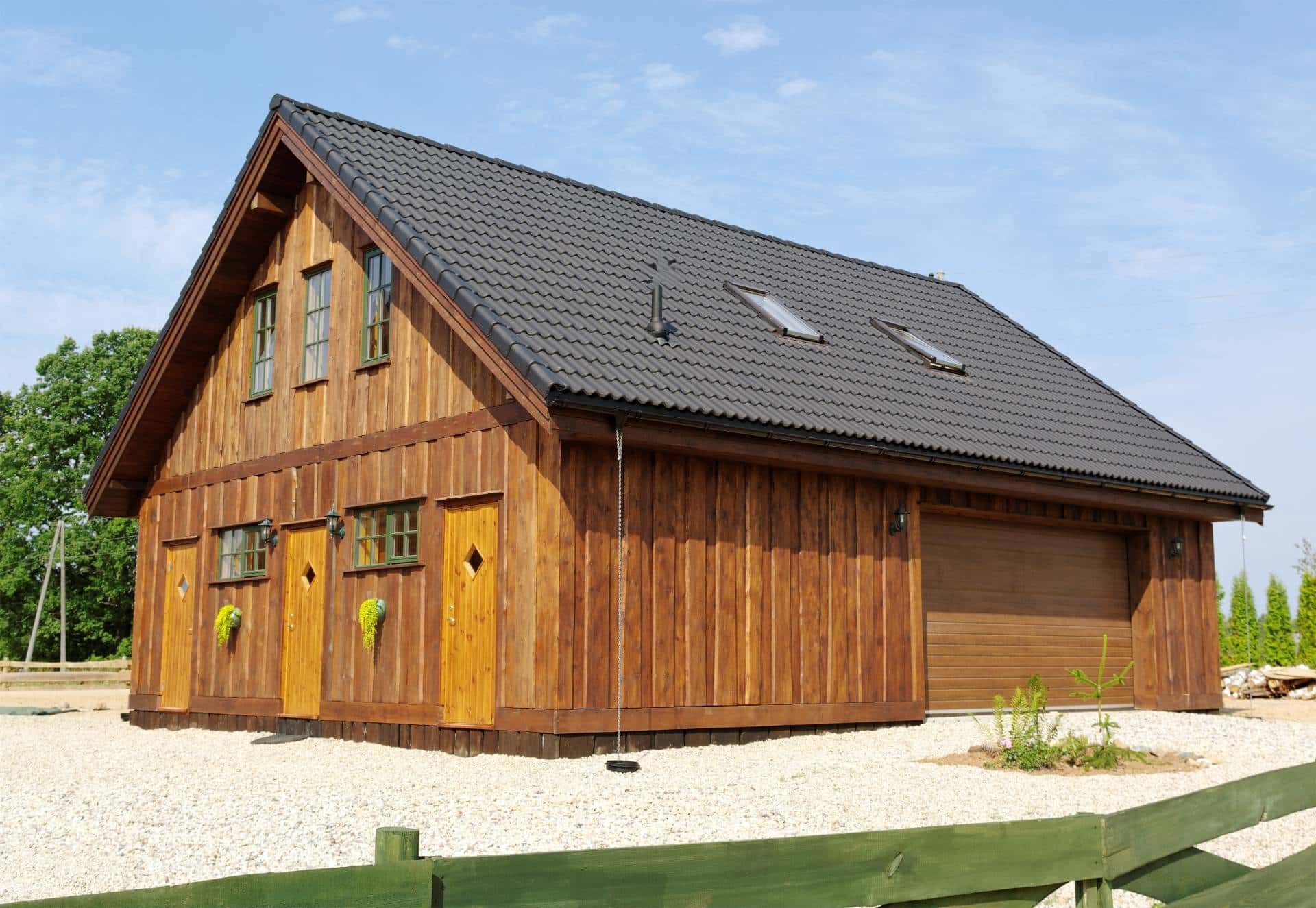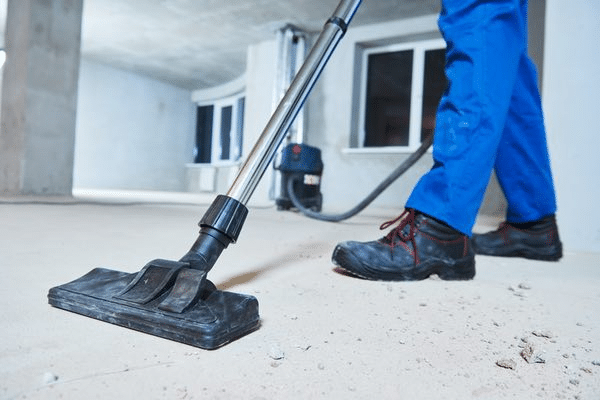6 Ways to Finance Your Home Renovation
We all know that home renovation can be costly. Regardless of whether you need to repair your roof, get a new paint job, or renovate large parts of the house, the process is definitely not cheap. People often undertake home renovation projects without carefully assessing their financing options and end up buried in debt as a result.
There are, however, a number of options out there that can offer reasonable rates without forcing you to accrue massive interest or end up making payments for the rest of your life.
You simply need to do some research in advance and think carefully about your budget and what exactly you want to have done. When you have these amounts laid out clearly, you can start looking at the available choices.
Home Equity Loans
Home equity loans are one way that you can finance home repairs. These types of loans depend on the amount of mortgage that you have already paid off on your house. Although they are normally for the purpose of home improvements and renovations, home equity loans can be used for more than updating your house. In fact, they can be used for a wide range of purposes, including debt consolidation, education expenses, medical expenses, and major purchases.
The way that home equity loans work is you borrow an amount based on the difference between your home’s market value and the outstanding balance on your mortgage. If you have good credit, you may receive an interest rate starting at around 8.5%.
Home Equity Lines of Credit
Home equity lines of credit, or HELOCs, are lines of credit against the available equity of your home. With them, your home becomes the collateral, and you have a revolving credit line that you can use for such things as home repair. They generally involve lower interest rates than other types of credit, and the interest may be tax deductible. There are a variety of HELOC qualification requirements, so it’s important to read the fine print and fully understand this type of finance option before making any final decisions.
One common HELOC misconception is that your available credit adjusts as you pay off your mortgage. While it’s true that as you pay down your mortgage, you may gain more equity, the credit limit of a HELOC doesn’t automatically adjust upward.
Find a Contractor That Offers Financing
You can try to find a contractor offering financing to customers, which may allow you to finance your home renovation projects and pay the money back in easy installments. These types of loans can apply to renovations of different sorts, whether they be new additions, repairs, or remodeling.
Contractor financing can include different types of loans, including home renovation loans, lines of credit, and low APR loans. Many offer straightforward payment plans.
Personal Loans
A personal loan is an obvious way to get money for different purposes, but it can be costly if you’re not careful about the details. Interest rates can be high, and you might end up paying back a significant amount more than you planned for when you planned your renovations.
While this may be an option, if you decide to go this route, you should carefully lay out all of the costs involved in your renovation beforehand and figure out what a reasonable payback period will be. You should also make sure that all of your other debts are taken care of before you take out the money.
Basic Credit Card Usage
Another route that many people take, often because they are not familiar with other options, is to use their own credit cards to finance renovation projects. While this can save you the trouble of searching around, you should be aware of the high interest that can accrue if you aren’t able to pay off the credit in full within a short period.
The average credit card interest rate is north of 20%, according to CNBC.com. That’s over double the average rate of a home equity loan.
As with other financing options, you should look at your home improvement budget before you make the decision to use a credit card for repairs and decide whether or not you will be able to quickly pay off the amount in full. If not, you should probably consider one of the other options.
Fannie Mae Loans
Fannie Mae has a government-sponsored loan type that is specifically designated for renovations. These types of loans work differently than many others: You must first find a contractor who will carry out the proposed renovation for you before you apply for the loan. The contractor will give an estimate for the cost of the work, and your loan amount will be based on that estimate.
This method won’t allow you to do your own renovations, but it eliminates the speculation involved in estimating renovation costs. If you have an existing mortgage, renovation loans can be consolidated together with the mortgage into single monthly payments. There are also loans for existing homes. Overall, Fannie Mae loans can be a cheaper option than many traditional types of loans.
Start Looking Around to Find the Right Option
Venturing into home renovations without financing in hand can feel like a leap into the unknown. Yet, with the right financial strategy, you can navigate this journey with confidence.
Dive deep into your options, understand your financial landscape, and prepare for the road ahead. If your credit score is not in the best shape, take the necessary steps to bolster it.
With careful planning and a clear vision, your dream renovation is more than achievable – it is just around the corner.







